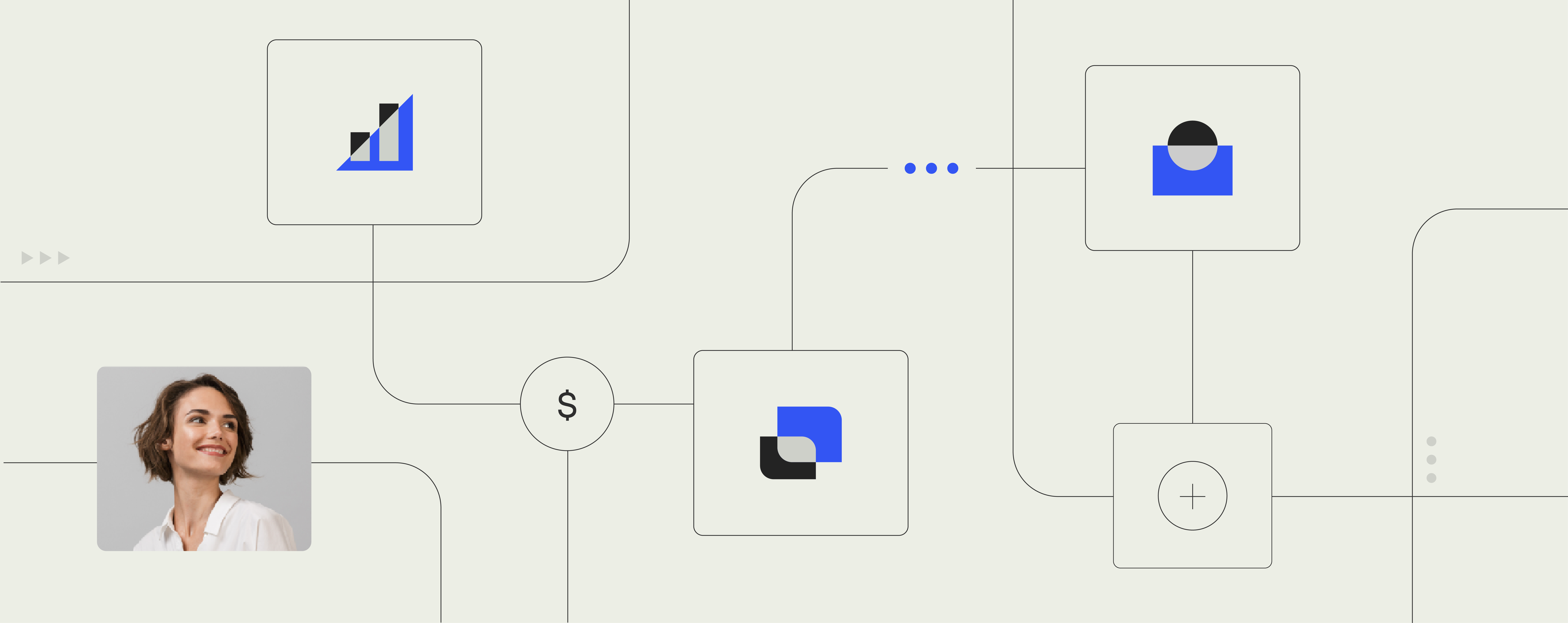Law firm technology trends: what will 2018 bring?

2017 was the year ‘law got tech’.
Historic structures were revolutionized by a more open attitude to legal technology, firms prospered from the introduction of more sophisticated platforms and cloud migration finally started to catch on. With last year’s solid groundwork laid for industry disruption, 2018 with impending data regulations, heightened competition and developments in machine learning, is set to take these law firm technology trends to a whole new level.
From cyber security to AI, we outline four key law firm technology trends that will be pushing innovation in this once conservative industry.
1. Cyber Security
It’s predicted that this year global cyber security spending will hit $96bn, and with 44% of law firms reporting a data breach in 2017, one of the major law firm technology trends to define this year, will be the industry’s strongest focus on cyber security to date.
Following hard lessons learned by the likes of DLA Piper and Mossack Fonseca just last year, firms are constantly reminded of the damage caused when law firm technology fails and data leaks go public. As reported in FT Cyber Attack Survival Guide 2016, this has led to the industry’s widespread post-breach protocol to keep attacks well and truly on the downlow.
From May 25th however, this secrecy approach will no longer be an option. When the EU’s GDPR is ushered in, companies will have only 72 hours to alert data regulators of the attack. Not only will firms have much less control over what information is made public, but non-compliance will result in fines reaching 4% of annual global revenue. Stateside, U.S. regulators are also looking to the GDPR model, as shown by Congressional committee hearings in late November 2017.
With nowhere to hide, and stakes higher than ever, law firm technology trends are certain to be shaped by serious investment in this field and the development of the most sophisticated cyber security systems on the market.
2. Data
As well as security, May’s GDPR policies force all companies and industries to reassess their data collection. However, for the legal industry this will be particularly problematic. Late to the tech party due to security concerns, the data accumulated by outdated law firm technology practices is unprecedented – as highlighted by Allen & Overy’s Philip Wood CBE, QC: “The excessive volume of the law is a major defect. The volume of law is now out of control internationally and is unmanageable.”
Expect to see databases shift to smaller, more protective models, with firms reducing opportunities for data breaches. When TalkTalk suffered a cyber attack in 2015, pre the threat of 4% fines, they paid out £42m in exceptional costs, not including loss of business. This was for an attack that affected just 157,000 customers. Horror stories involving the exposure of both in-house and large law firm technology will have companies of all sizes keeping closer reign on out of control information hoarding to produce more manageable databases.
This year’s law firm technology trends will also include heavier reliance on lawtech to process the quantity and quality of both in-house and private practice data. For instance, the $100bn merger of drinks company AB InBev and SABMiller saw the birth of ‘Project Lantern’ – a data aggregation and analytics program that crunches huge quantities of data created by both entities, consolidates it and allows the company’s legal team to use algorithms to identify high risk transactions. This has proven both cheaper, quicker and more efficient than manual processes previously on-hand to the new superbrand.
Legal series: Knowledge automation
Enhance your document creation workflow
3. Innovation: AI, automation and collaboration
Last year we reported that law firm technology needs would require more advanced AI and automation projects – with the likes of Linklaters’ Verifi program, Simmons & Simmons’ Translator and Pinsent Masons’ TermFrame Era tool, all serving as poster boys for legal practices using machine learning to increase productivity.
According to Altman Weil’s 2017 “Law Firms in Transition” report, 2018 will see this law firm technology trend supercharged. The paper states that 84% of firms expected an increase of automation and artificial intelligence in the legal industry and 49% revealed their firms were already experimenting with AI.
Firms won’t just be harnessing their robots to make existing procedures more efficient. At the close of 2017, The Legal Institute for Forward Thinking reported that a major goal at both Deloitte and McKinsey is recognizing that by the end of 2020, one-third of firm revenues need to come from services they do not now provide. So perhaps one of the most intriguing law firm technology trends to watch out for is the creation of legal services not yet in existence.
To capitalize on this trend, two secondary law firm technology trends will emerge. Firstly, the industry will witness firms displaying heightened interest and investment in legal tech start-ups. A few names to watch are Mishcon de Reya with their MDR Lab and Slaughter and May – whose recent initiatives to support new tech companies promise interesting results for a firm previously slow to pick up law firm technology.
4. The Cloud
The legal industry has been notoriously slow when it comes to cloud adoption. Paralyzed by security concerns, the many proven benefits of cloud based technology have been largely sidelined – particularly by leading global legal enterprises. 2018 has already seen this change, when on February 22nd, the world’s fourth largest law firm, Hogan Lovells announced its migration to the cloud for document management activity.
A key 2018 law firm technology trend should be more and more Hogan Lovells style moves, with firms less concerned about cloud security and more focused on how to integrate cloud technology into their practices. This law firm technology trend sees support from ILTA’s 2017 Technology Survey, in which 77% of firms with ‘700 or more attorneys’ indicated increased cloud technology adoption for 2018.
At Templafy we’ve also noted this shift. As cloud software, we’ve seen increased demand among some of the top law firms that use our platform to automate and control brand management and document creation. As our case study with this Magic Circle firm details, our solutions are becoming increasingly popular with legal firms in supporting lawyers and staff to produce best practice documents and emails, with up-to-date templates, boilerplate text, automatic formatting and brand elements.
Read next: 7 reasons why your law firm should move to the cloud
How can Templafy help legal firms capitalize on 2018’s law firm technology trends?
Templafy’s cloud-based solutions offer firm-wide document creation automation, dynamic content personalization, immediate updates and roll-outs and time saving solutions. These include:
Compatible cloud-based solutions
Cloud software which allows you to work from anywhere without the need for VPNs or remote desktop sessions, while keeping up compatibility with existing legal software such as PCLaw, Time Matters, and Primafact. Templafy even works offline so our simple cloud-based administration platform allows your firm to trust that all document templates, text elements and visual assets are up-to-date for all staff.
Scalability
The cloud’s services are elastic so post May 25th if your business needs fluctuate, scaling both up and down is no hassle at all. You’ll also only pay for the space that you need.
Secure
Templafy is hosted on Microsoft’s Azure cloud service. Templafy stores minimal client and employee data and our solution is GDPR compliant. Our solution is rigorously and regularly tested to ensure that all data is saved in a secure place while still protecting sensitive information.
Compliant
With Templafy, your firm can trust that all staff have access to up-to-date and best-practice content, such as boilerplate text, letter and contract templates. Templafy also automatically formats your documents and emails with correct fonts and other important professional style conventions, saving everyone time better spent on billable matters.
Better productivity and hassle-free
With Templafy, lawyers don’t waste time with formatting issues, searching for different document templates or creating documents from scratch. All pre-approved brand assets are stored in a centralized brand asset library so employees save time searching for on-brand visuals.
If you’re looking to keep ahead of 2018’s law firm technology trends, get in touch. Our team are on hand to talk you through how our cloud software gives you an edge over your competition.


